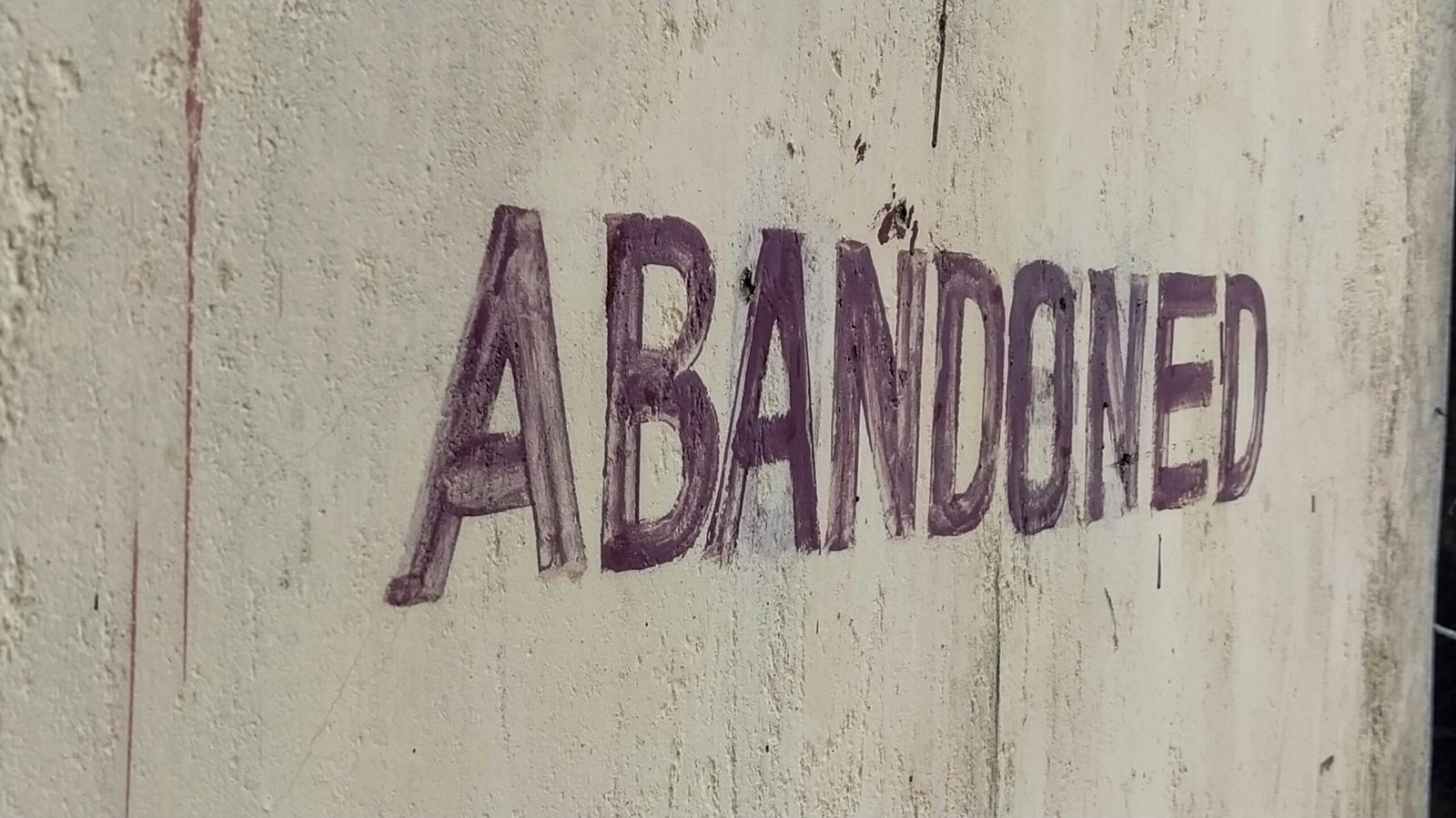Understanding Friendship Dynamics
Friendship is a multifaceted relationship that encompasses various emotional elements, exhibiting both depth and complexity. At its core, friendship is characterized by trust, loyalty, and shared experiences. These qualities are vital in forming strong bonds that withstand the test of time. The trust shared among friends allows individuals to confide in one another, fostering a sense of security that is crucial for emotional well-being. Loyalty reinforces this bond, motivating friends to support each other in times of need, thus reinforcing their connection.
However, the very attributes that create strong friendships can also lead to underlying tension and competition. For instance, when two friends pursue similar goals, such as academic achievements or career advancements, it can spark a subtle rivalry. This dynamic often emerges unconsciously, where each individual may strive for success while simultaneously hoping for the other’s wellbeing. Such situations can create an emotional tug-of-war, causing friction that tests the durability of the friendship.
Numerous scenarios can bring these complexities to light. For example, imagine two friends who are competing for the same promotion at work. Such circumstances can reveal the contrasting facets of friendship, where encouragement may vie with jealousy, highlighting the delicate balance between support and competition. Similarly, in personal life, the arrival of new acquaintances or partners may prompt friends to reassess their relationship, sometimes leading to feelings of rivalry.
These examples illustrate that while the essence of friendship is built on companionship and understanding, it is not immune to challenges. The interplay of support and competition can blur the lines between camaraderie and rivalry, creating a nuanced landscape for friendships. Recognizing this complexity is essential in navigating and nurturing healthy relationships.
The Nature of Competition Among Friends
Competition among friends is a multifaceted phenomenon that can serve as both a catalyst for personal growth and a potential source of discord. In many instances, friendly rivalries can foster an environment where individuals are inspired to strive for their best selves. This notion is particularly relevant in contexts such as academia, sports, and professional settings, where peers often find themselves vying for similar accomplishments or recognition. As they push each other to excel, this spirited competition can promote motivation and enhance overall performance.
However, the same competitive spirit that drives friends towards excellence can also breed jealousy and resentment. When individuals experience differing levels of success or recognition, it can create an imbalance within the friendship. For instance, if one friend outperforms another in a shared goal, the latter might begin to feel inadequate or envious, leading to an emotional divide. This shift from camaraderie to rivalry can jeopardize what was once a supportive relationship, transforming allies into adversaries. The psychological effects of this tension can be profound, often leading to unresolved disputes that linger unaddressed.
Moreover, the competition for affection or approval from mutual acquaintances can further exacerbate these feelings. Friends may find themselves in conflicts as they navigate the social dynamics within their circles, competing for attention from that one influential figure or mutual group. Such situations can lead to misunderstandings and a sense of betrayal, especially if one party feels overshadowed by the other’s achievements. It is crucial to recognize these dynamics early on to prevent damaging the foundational trust intrinsic to any strong friendship. Ultimately, acknowledging the thin line between competition and rivalry is essential for maintaining healthy, supportive relationships among friends.
Navigating Conflict with Friends
Friendships are often punctuated by moments of conflict, particularly when competitive tensions arise. Effectively navigating these conflicts requires a delicate balance of communication and emotional intelligence. One foundational strategy is open communication, which involves expressing feelings and concerns in a safe environment. Friends should encourage one another to speak freely about their feelings to foster understanding and mutual respect. This practice not only clarifies expectations but also strengthens the friendship’s foundation.
Setting boundaries is another critical aspect of managing competitive friction. Friends should establish what behaviors are acceptable and which ones could lead to discomfort or resentment. Clear boundaries can alleviate misunderstandings and provide a framework for addressing issues when they arise. When friends respect each other’s limits, it paves the way for a healthier dynamic, allowing both parties to thrive without feeling threatened.
Active listening is a vital skill in resolving disputes. By genuinely hearing what the other person is saying, friends can validate each other’s feelings and diffuse tensions. Approaching conflicts with empathy further enriches this dialogue. Understanding the emotions and perspectives of the other person can promote a more collaborative approach to problem-solving. In addition, constructive criticism can be an effective tool when used appropriately; framing observations positively can help mitigate defensiveness and encourage a more fruitful conversation.
However, there might be situations where the friendship becomes detrimental to one’s well-being. If conflicts escalate or become toxic, it may be necessary to reassess the relationship. Reevaluating the terms of a friendship can sometimes lead to healthier dynamics or, in some cases, the decision to part ways. Ultimately, recognizing when to draw the line is essential for both emotional health and personal growth.
Rebuilding Trust and Strengthening Bonds
Friendships can often face challenges that cause rifts, especially when the dynamic shifts towards rivalry. To rebuild trust and restore the positive dynamics essential for a lasting connection, several practical steps can be taken. First and foremost, a sincere apology can act as a vital catalyst for mending a relationship. Acknowledging one’s mistakes and taking responsibility can demonstrate to the other party that you value the friendship and are committed to making amends.
Following the apology, engaging in open and honest dialogue is crucial. Discussing the root causes of the rivalry and how it affected the friendship can pave the way for understanding. This transparency allows both parties to express their feelings and helps to address any lingering resentments. Such conversations can help bridge gaps created by misunderstanding, promoting a sense of empathy and consideration for one another’s perspectives.
In addition to communication, participating in joint activities can reaffirm the bond. Sharing experiences, whether through hobbies or projects, can facilitate a return to a more positive state of friendship. These shared moments create new memories that overshadow past conflicts, allowing friendships to blossom anew. It is essential to choose activities that both parties enjoy, fostering a sense of collaboration rather than competition.
Forgiveness also plays a critical role in the process of healing strained relationships. Holding on to grievances can hinder progress and create further barriers. By practicing forgiveness, individuals can let go of past rifts, enabling a shift towards a more supportive and understanding dynamic. This element of compassion not only strengthens the bond but also fosters resilience, allowing friendships to weather future challenges with greater ease.
In conclusion, while conflicts and rivalries can create strains in friendships, proactive steps such as sincere apologies, open dialogue, joint activities, and forgiveness can significantly restore relationships. By committing to nurturing these connections, individuals can emerge with stronger, more resilient bonds that stand the test of time.








